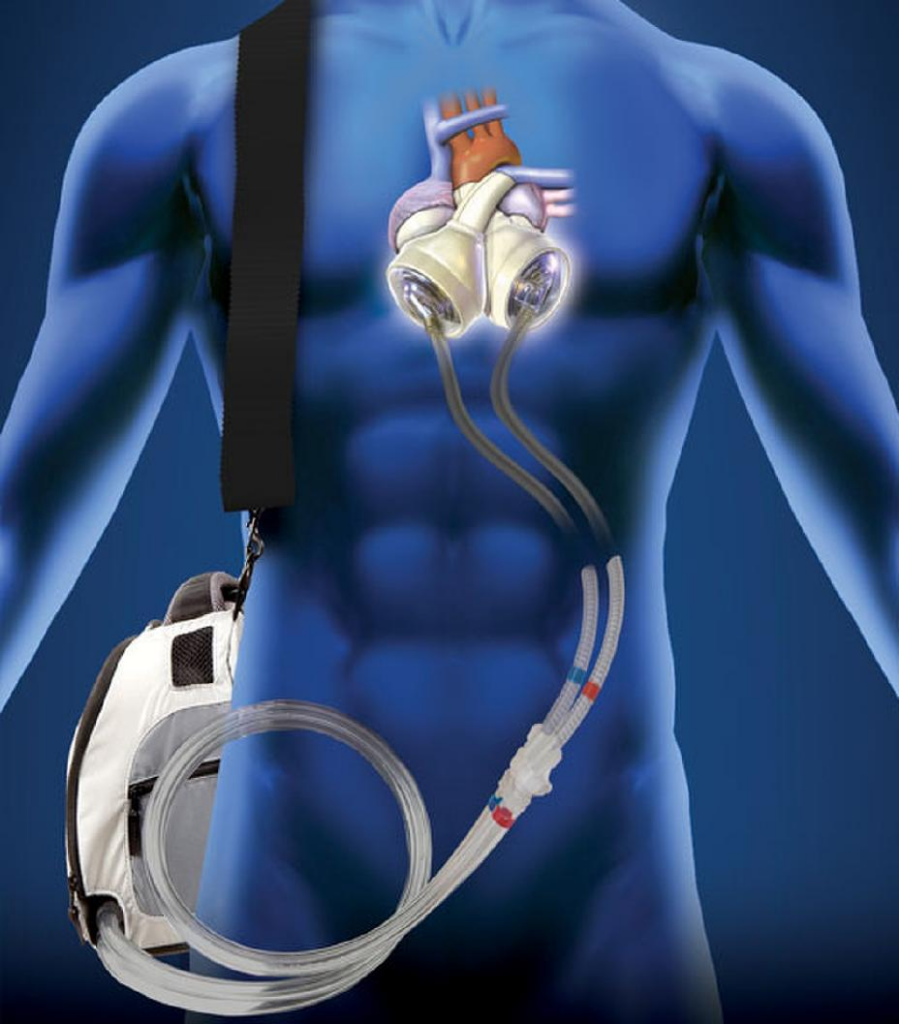
INTRODUCTION
The human heart, a marvel of biological engineering, has always been the epicenter of life itself. However, the relentless pursuit of medical innovation has led to the creation of an extraordinary piece of technology – the artificial heart. In this article, we’ll delve into the world of artificial hearts, exploring their history, how they work, their benefits, and the future of cardiac care.
THE EVOLUTION OF ARTIFICIAL HEARTS
The Pioneering Days
The journey of artificial hearts began in the 1950s. Dr. Paul Winchell’s efforts paved the way for the first mechanical heart. These early models were bulky and rudimentary, but they sowed the seeds of innovation.
The Jarvik-7: A Milestone
The 1980s witnessed a breakthrough with the Jarvik-7, designed by Dr. Robert Jarvik. This compact heart device was successfully implanted in patients, albeit temporarily. It marked the beginning of a new era in cardiac care.
HOW DOES AN ARTIFICIAL HEART WORK?
The Mechanics
Artificial hearts operate on a simple principle: they pump blood throughout the body, just like the natural heart. These devices consist of two main components: the pump and the power source. The pump mimics the heart’s pumping action, while the power source keeps it running.
Bridge to Transplant
One crucial application of artificial hearts is serving as a bridge to transplant. Patients awaiting a heart transplant can lead relatively normal lives with these devices while they wait for a suitable donor heart.
ADVANTAGES OF ARTIFICIAL HEARTS
Life-Saving Potential
Artificial hearts are life-savers. They provide a lifeline to patients suffering from end-stage heart failure, buying them valuable time until a donor heart becomes available.
Improved Quality of Life
Patients with artificial hearts experience improved quality of life. They can perform daily activities, spend time with loved ones, and regain their independence.
CHALLENGES AND FUTURE PROSPECTS
Battery Life
One of the challenges facing artificial hearts is battery life. Innovations in power sources are essential to extend the operational duration of these devices.
Biocompatibility
Ensuring that artificial hearts integrate seamlessly with the human body remains a priority. Advancements in materials and coatings are being explored to address this concern.
Miniaturization
Efforts are underway to make artificial hearts smaller and more portable, enhancing patient mobility and comfort.
CONCLUSION
In the realm of cardiac care, artificial hearts stand as a testament to human ingenuity. They have come a long way since their inception, offering hope and life to those in dire need. As technology continues to advance, we can expect even more remarkable developments in the field of artificial hearts.
